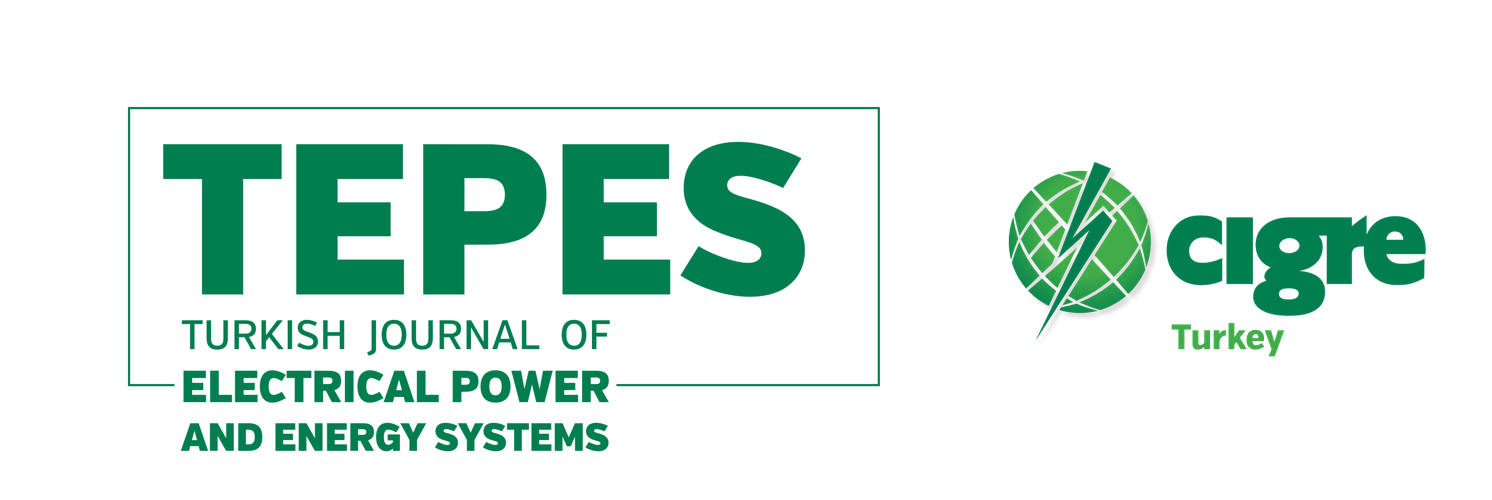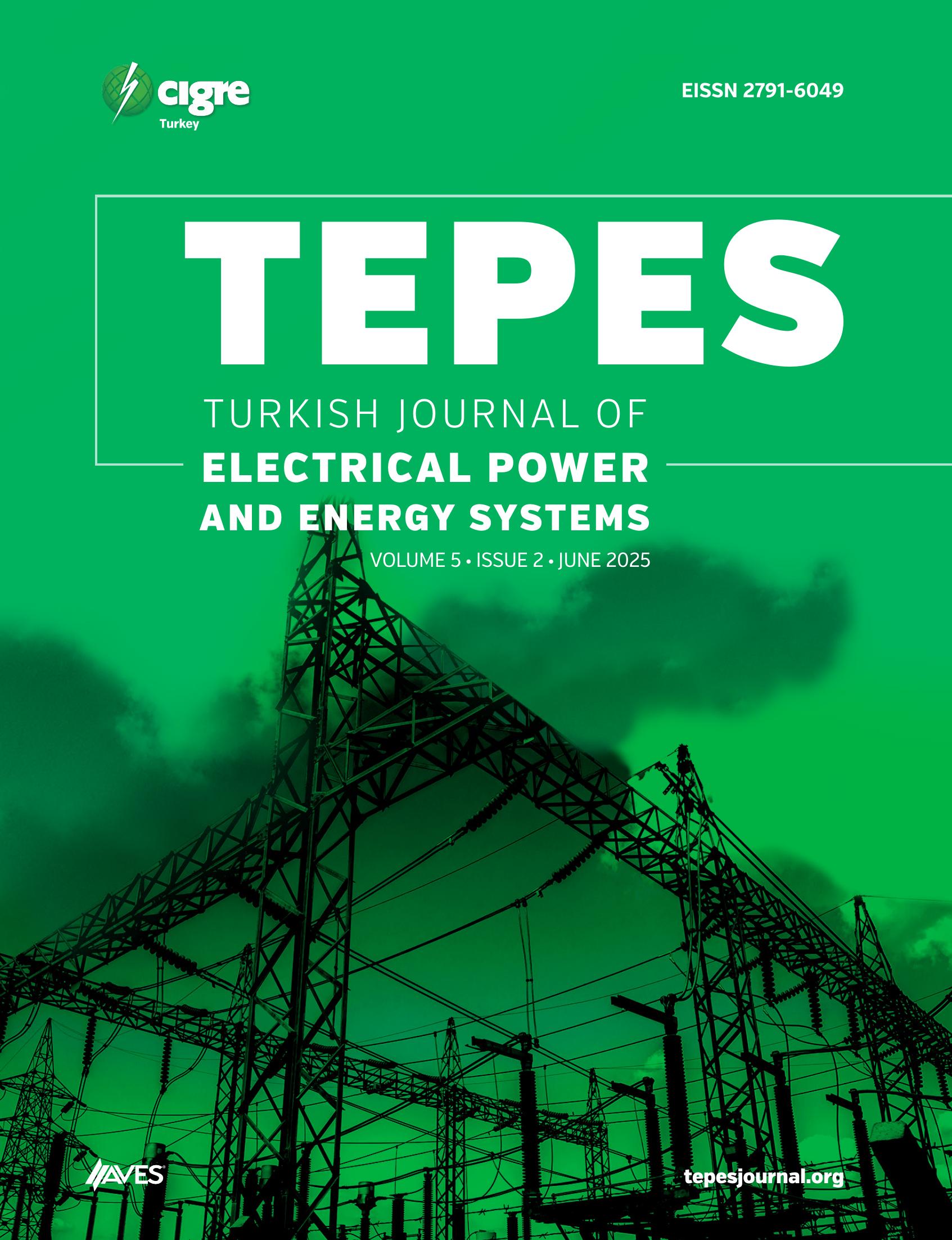This paper evaluates the energy consumption pattern of the Osun State Broadcasting Corporation, Osogbo, Nigeria. Using HOMER software, installation and operating costs of a renewable energy-based hybrid power system, over a multi-year lifetime, is investigated towards deployment of the hybrid at the broad-casting facility. Information dissemination is very important in the society, and requires propagation media. Broadcasting station is an important medium of dissemination, therefore, constant and cost-effective power supply needs to be put in place. By optimizing hybrid renewable energy systems, the choice of components is controlled and thus enable cost-effective power solution with the use of different combinations of renewable energy resources. In the study, four energy resources are considered for hybridization: Solar photovoltaic (SPV), diesel engine generator (DEG), wind energy converter (WEC) and battery energy storage system (BESS). The input parameters considered in the optimization are project lifespan; capital, operating and maintenance costs; and resource specifications. From energy audit, it is obtained that the ,peak electrical demand of the corporation’s facility is 361.61kW, while the peak daily intake and annual mean use are 4577.38kWh and 835011.71kWh respectively. Four different configurations of the energy sources are recommended for their advantage cost effectiveness, with SPV/DEG/BESS hybrid taking the lead as the optimum configuration.
Cite this article as: T. O. Ajewole, A.O. Alao, K.A. Hassan & A. A. Olawuyi. Energy modeling and optimization in a radio and television broadcasting facility.Turk J Electr Power Energy Syst, 2022; 2(1): 1-10.








